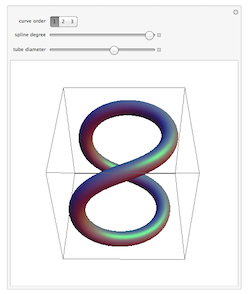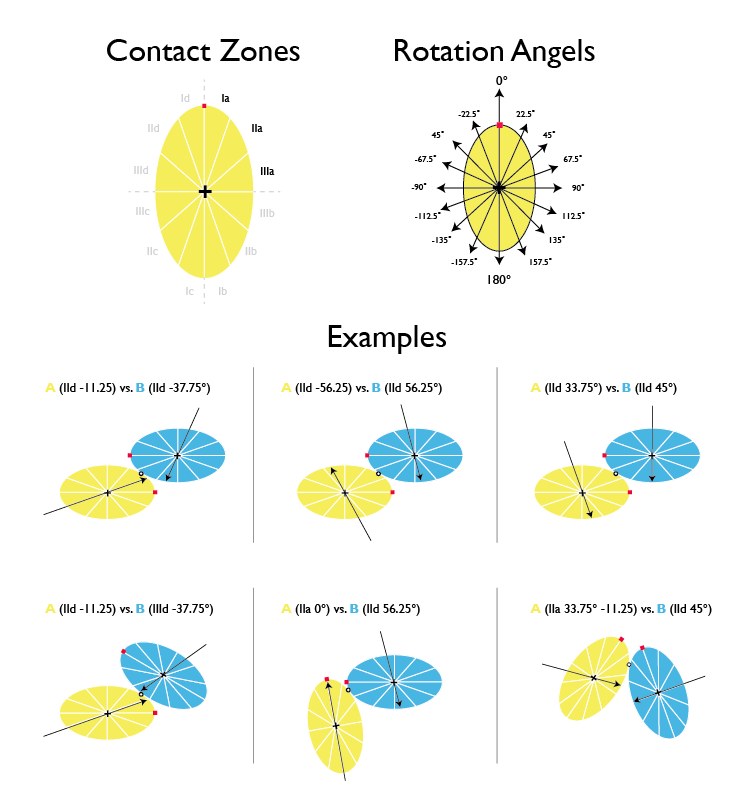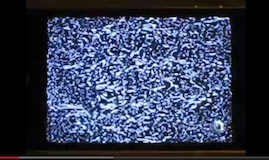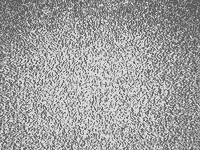I. NEMANTIC PHASE
"One of the most common
Liquid Crystal (LC) phases is the nematic. The word nematic comes from the Greek νήμα (nema), which means "thread". This term originates from the thread-like topological defects observed in nematics, which are formally called 'disclinations'. Nematics also exhibit so-called "hedgehog" topological defects. In a nematic phase, the calamitic or rod-shaped organic molecules have no positional order, but they self-align to have long-range directional order with their long axes roughly parallel. Thus, the molecules are free to flow and their center of mass positions are randomly distributed as in a liquid, but still maintain their long-range directional order."
http://en.wikipedia.org/wiki/Nematic#Nematic_phase
-
Mutually tangled colloidal knots and induced defect loops in nematic fields

"Colloidal dispersions in liquid crystals can serve as asoft-matter toolkit for the self-assembly of composite materials with pre-engineered properties and structures that are highly dependent on particle-induced topological defects. Here, we demonstrate that bulk and surface defects in nematic fluids can be patterned by tuning the topology of colloidal particles dispersed in them. In particular, by taking advantage of two-photon photopolymerization techniques to make knot-shaped microparticles, we show that the interplay of the topologies of the knotted particles, the nematic field and the induced defects leads to knotted, linked and other topologically non-trivial field configurations."
http://www.nature.com/nmat/journal/vaop/ncurrent/full/nmat3840.html
-
Phase Separation of mixtures of isotropic liquids and liquid crystals
"Elasticity of LC-rich nematic phase affects the phase separated domain pattern significantly. For examples, we often observed the triangle and tear shaped droplets of isotropic phase. We demonstrated the two types of ordering processes, which we called isotropic and nematic spinoidal decompositions."
"When the mixture is quenched to the point, where is metastable for phase separation and unstable for nematic ordering. nematic transition occurs quickly than phase separation. In this case, the phase separation proceeds via nucleation and growth process."
http://statphys.scphys.kyoto-u.ac.jp/~araki/e_sim_pdlc.html
-
Möbius strip ties liquid crystal in knots
- Liquid crystal are composed of long, thin, rod-like molecules which align themselves so they all point in the same direction. By controlling the alignment of these molecules, scientists can literally tie them in a knot.
- To do this, they simulated adding a micron sized silica particle - or colloid - to the liquid crystal. This disrupts the orientation of the liquid crystal molecules.
- For example, a colloid in the shape of a sphere will cause the liquid crystal molecules to align perpendicular to the surface of the sphere, a bit like a hedgehog’s spikes.
- Using a theoretical model, the University of Warwick scientists have taken this principle and extended it to colloids which have a knotted shape in the form a Möbius strip. http://www2.warwick.ac.uk/newsandevents/pressreleases/m246bius_strip_ties
-
Liquid-crystal-mediated self-assembly at nanodroplet interfaces
Technological applications of liquid crystals have generally relied on control of molecular orientation at a surface or an interface. Such control has been achieved through topography, chemistry and the adsorption of monolayers or surfactants. The role of the substrate or interface has been to impart order over visible length scales and to confine the liquid crystal in a device. Here, we report results from a computational study of a liquid-crystal-based system in which the opposite is true: the liquid crystal is used to impart order on the interfacial arrangement of a surfactant.
-
II. SMECTIC PHASE
"Schematic of alignment in the smectic phases. The smectic A phase (left) has molecules organized into layers. In the smectic C phase (right), the molecules are tilted inside the layers. The smectic phases, which are found at lower temperatures than the nematic, form well-defined layers that can slide over one another in a manner similar to that of soap. The word "smetic" originates from the Latin word "smecticus", meaning cleaning, or having soap like properties.[21] The smectics are thus positionally ordered along one direction. In the Smectic A phase, the molecules are oriented along the layer normal, while in the Smectic C phase they are tilted away from the layer normal. These phases are liquid-like within the layers. There are many different smectic phases, all characterized by different types and degrees of positional and orientational order."
http://en.wikipedia.org/wiki/Nematic#Smectic_phases
-
The Growth and Buckling of a Smectic Liquid Crystal Filament
Growth by permeation and drag-induced buckling instabilities have been observed in the dynamics of thin filaments in an isotropic-Smectic A ($I-S_A$) phase transition of liquid crystal fluid, and in lipid bilayer tubes evolving in a fluid medium. With motivation from the experiments with liquid crystal, we have been studying the dynamics of a growing elastic filament immersed in a Stokes fluid. By combining results from slender body theory, Green's function methods, and elasticity theory, we express the self-induced velocity of the filament as the nonlocal consequence of forces the filament exerts upon the incompressible fluid by its elastic response and growth.
http://math.nyu.edu/faculty/shelley/Fluids/Smectic/smectic.html
-
III. CHIRAL PHASE
"The chiral nematic phase exhibits chirality (handedness). This phase is often called the cholesteric phase because it was first observed for cholesterol derivatives. Only chiral molecules (i.e., those that have no internal planes of symmetry) can give rise to such a phase. This phase exhibits a twisting of the molecules perpendicular to the director, with the molecular axis parallel to the director. The finite twist angle between adjacent molecules is due to their asymmetric packing"




















































